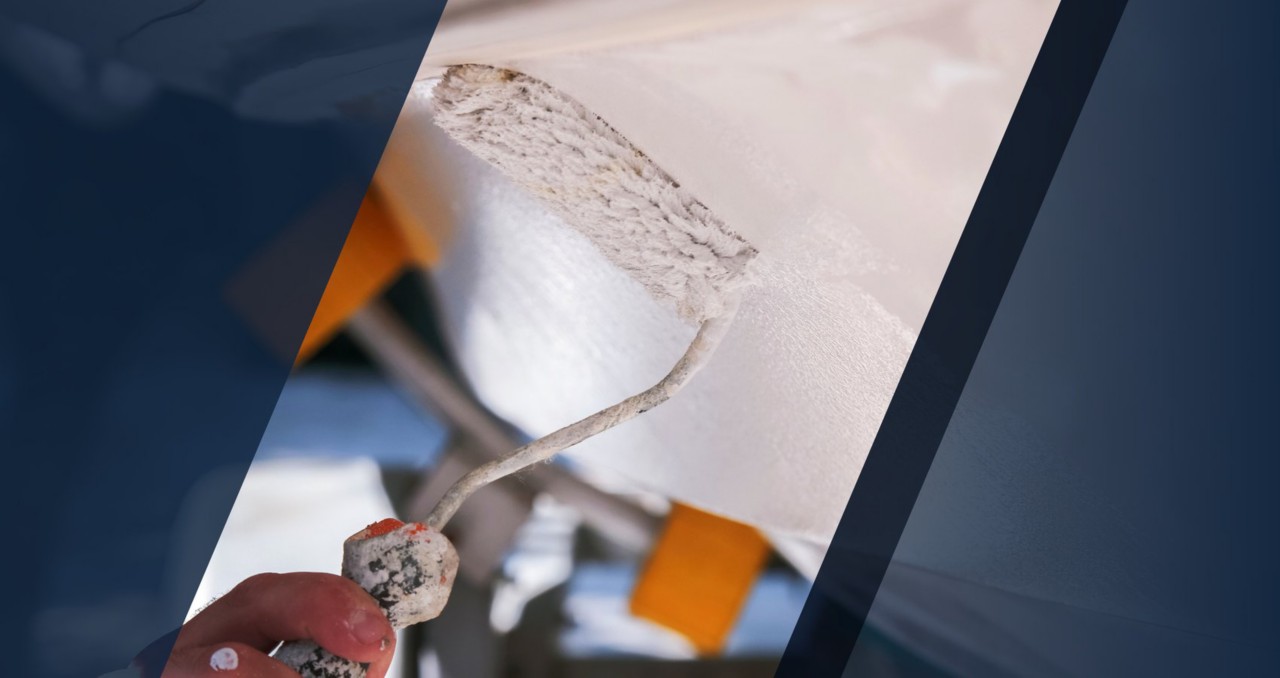Choosing the Best Bottom Paint
Step one is choosing the best bottom paint for the job. There’s a dizzying array of bottom paints on the market, so this is no easy task. If your boat is aluminum, choosing the wrong bottom paint (one with cuprous oxide) can set off a galvanic corrosion chain reaction that causes disastrous hull damage. Due to different growth issues that vary by geography and the type of waters where you boat, it’s always a good idea to ask around at boatyards and find out what the local favorites may be. Once you have an idea of what the pros in your neck of the woods use, you’ll have to choose between hard or soft paints.
Hard bottom paints hold up to fast speeds, constant use and repeated trailering. However, they’re tough to remove, and a few years down the road may need to be stripped before repainting can occur. Also note that hard paints can’t be applied over soft paints. Soft paints can be applied over hard paints as long as they’re in good shape.
Soft bottom paints are ablative, or “sloughing,” paints that wear away with use, exposing new biocide. They can often be painted over with a fresh coat for several seasons in a row without much buildup. However, they’re easily rubbed off by trailer bunks. And if the boat sits at the dock for extended periods without use, they lose their effectiveness.
Bottom Paint Biocides
Different bottom paints use different biocides to prevent growth. Cuprous oxide is considered by most professionals to be the most effective, but it can’t be used on aluminum and is hard on the environment. In some areas its use is restricted or even banned. There are several other options that are proven to be effective. Again, consult local experts to find what might work best in your area.
How to Paint a Boat Bottom
With the best bottom paint in hand, it’s time to get to work. As is true of most paint jobs, preparation is the key to doing a good job. First, scrub the bottom clean. If it’s previously been painted, any loose or flaking paint needs to be scraped, stripped or blasted away. In the case of a new fiberglass boat, the bottom should be treated with a dewaxing solvent.
Next, sand the entire surface as per the paint manufacturer’s instructions. After sanding, wipe down the surface with a solvent-soaked rag (use the solvent recommended by the paint manufacturer) to remove all surface contaminants.
Now it’s time to tape off the waterline with painter’s tape. It’s a good idea to strike the paint line an inch or so above preexisting waterlines to account for different loads and fuel levels. Also tape off any items you don’t want to paint, like transducers or motor mounts.
With the prep complete, it’s time to thoroughly mix the paint. Biocides can sink and settle out, so thoroughly mixing the paint is critical. Then you’re ready to pour some paint into your pan and start rolling it onto the boat bottom. Do so slowly so the roller doesn’t throw paint in every direction. Roll slightly above the bottom of the tape, and use a brush to get hard-to-roll areas like the edges of strakes and the insides of reverse chines.
If your boat is on a roller trailer, after the paint has dried you can shift its position slightly to touch up areas covered by the rollers. If it’s on a bunk trailer, shifting it is a bit more difficult, but you might be able to jack the bow up or raise the trailer tongue, block the bow, then lower the tongue. Each boat and trailer rig is different and needs to be addressed on a case-by-case basis.
One final word of advice: Remember that bottom painting a boat is a messy, messy job, so don’t wear your favorite T-shirt when you tackle this chore. But once that boat’s bottom is painted, you’ll be ready for carefree – and growth-free – boating fun, all summer long.




